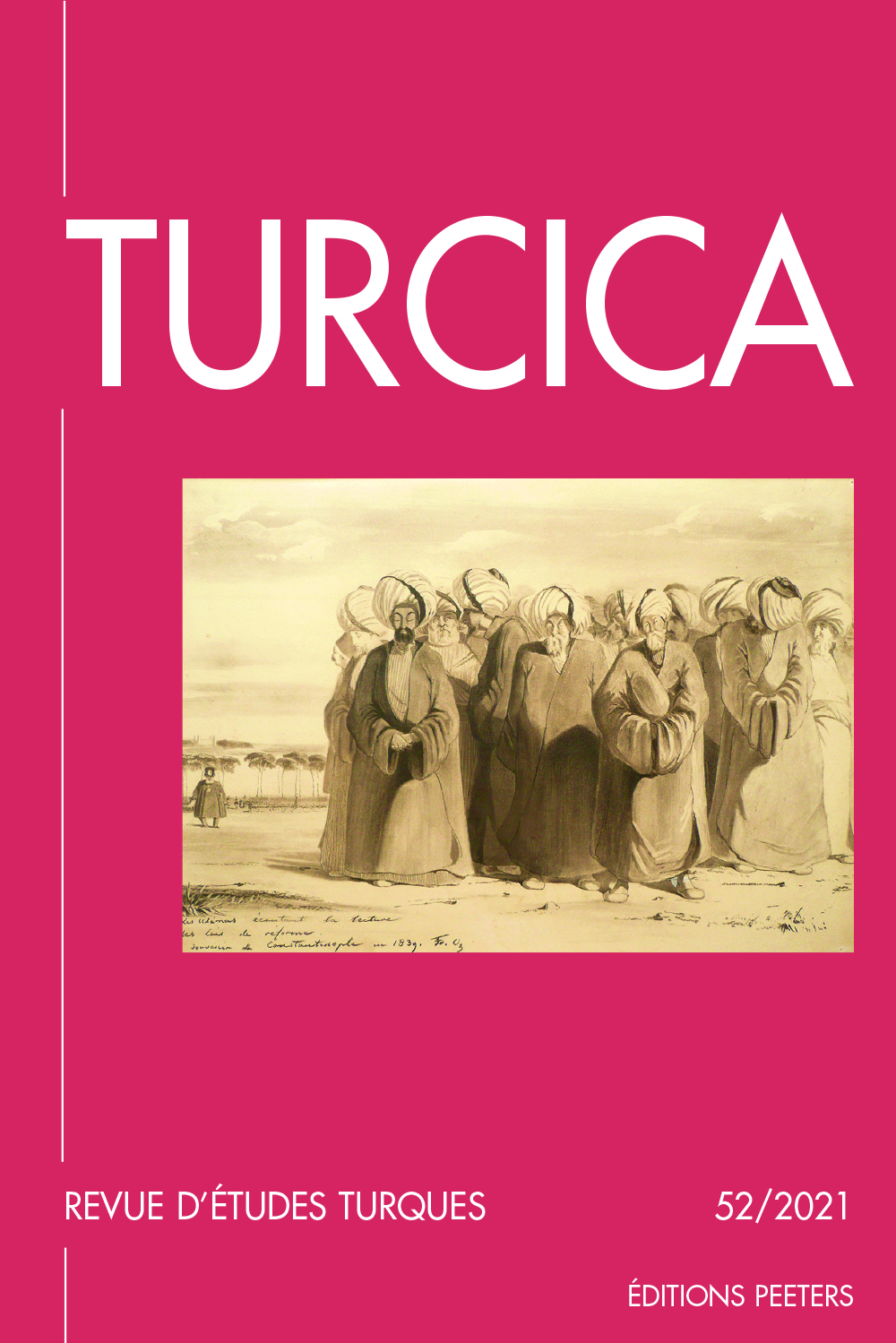next article in this issue  |

|
Document Details : Title: La création du couvent féminin de Panayia Chryssopigi à Patmos et la question des autorisations de «restaurations» de lieux de culte dans le Dodécanèse (mi-XVIe - mi-XVIIe siècle) Author(s): VATIN, Nicolas Journal: Turcica Volume: 45 Date: 2014 Pages: 3-59 DOI: 10.2143/TURC.45.0.3032664 Abstract : Cet article reprend, à partir du fonds ottoman des archives du monastère de Saint-Jean à Patmos, la question des créations et restaurations d’églises orthodoxes dans l’espace ottoman, question qui a déjà fait l’objet d’importants travaux de M. Kiel et R. Gradeva. À partir de l’exemple de Leros, Kalymnos, Patmos et Samos, notre conclusion est que si la loi hanéfite est bien appliquée, c’est avec une souplesse qui est fonction du contexte local. Dans le cas insulaire on est frappé – en raison de la faible présence musulmane ? – par la médiocre implication de l’État central qui laisse apparemment toute liberté aux cadis pour accorder les autorisations. Le cas particulier de la création du couvent féminin de Panayia Chryssopigi à Patmos, dans les premières décennies du XVIIe siècle, montre le poids déterminant de Parthénios, membre d’une famille locale enrichie par le commerce maritime et lui-même moine influent et entretenant d’excellentes relations avec le pouvoir ottoman à un niveau élevé. Based on the Ottoman archives of the Monastery of Saint John in Patmos, this paper deals with the creation and the renovation of Orthodox churches in the Ottoman lands, a subject about which M. Kiel and R. Gradeva have written important studies. If one looks at the actual practice in Leros, Kalymnos, Patmos and Samos, it appears that the Hanefi law was applied, but with a great deal of flexibility according to the local context. A particular case is that of the creation of the nunnery of the Panayia Chryssopigi in Patmos, during the first decades of the XVIIth century. One can see there the decisive weight of Parthenios, a member of a rich local family whose wealth came from the maritime trade, and himself an influent monk who was in good terms with the Ottoman administration at its higher level. |
 |
